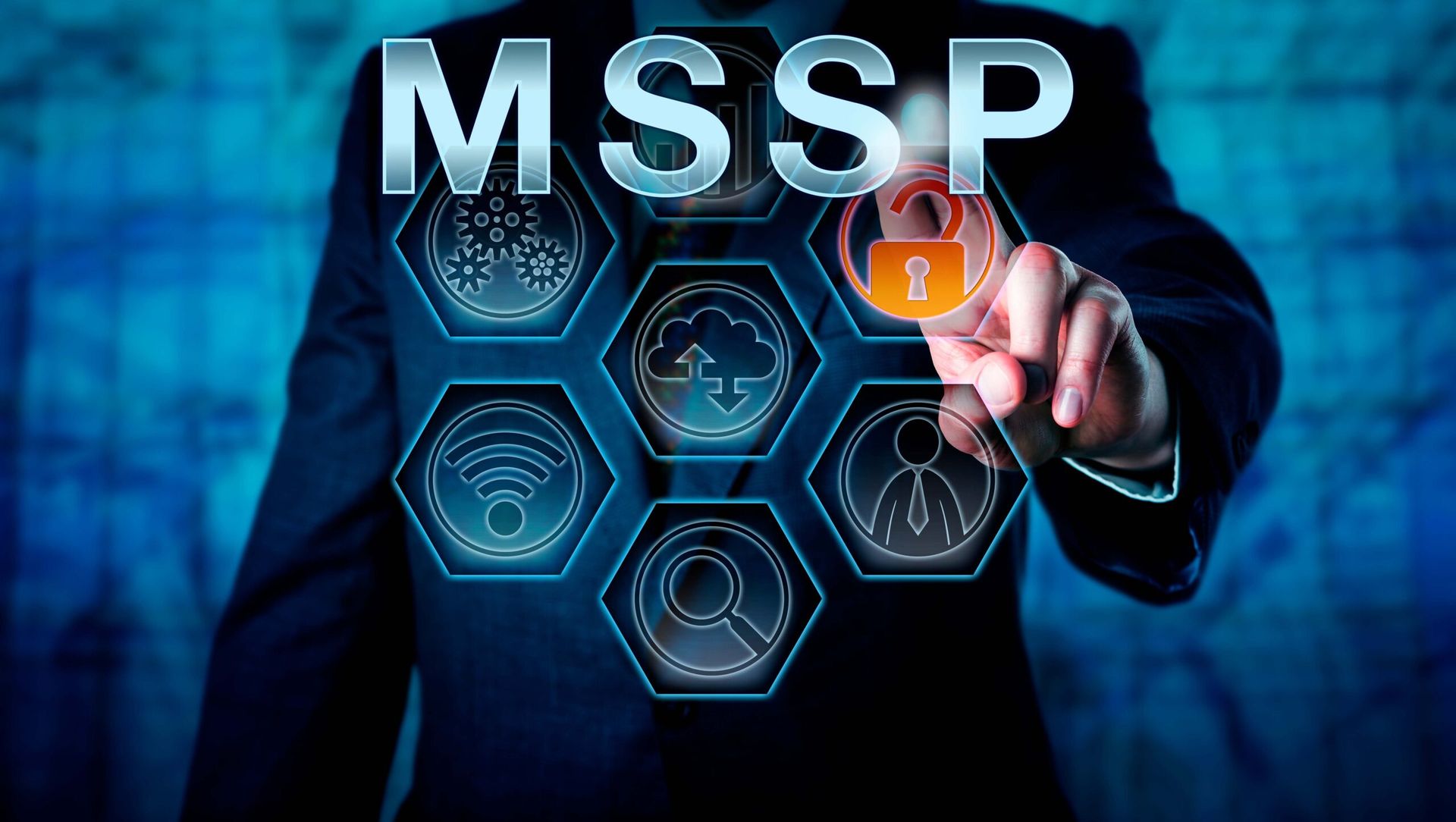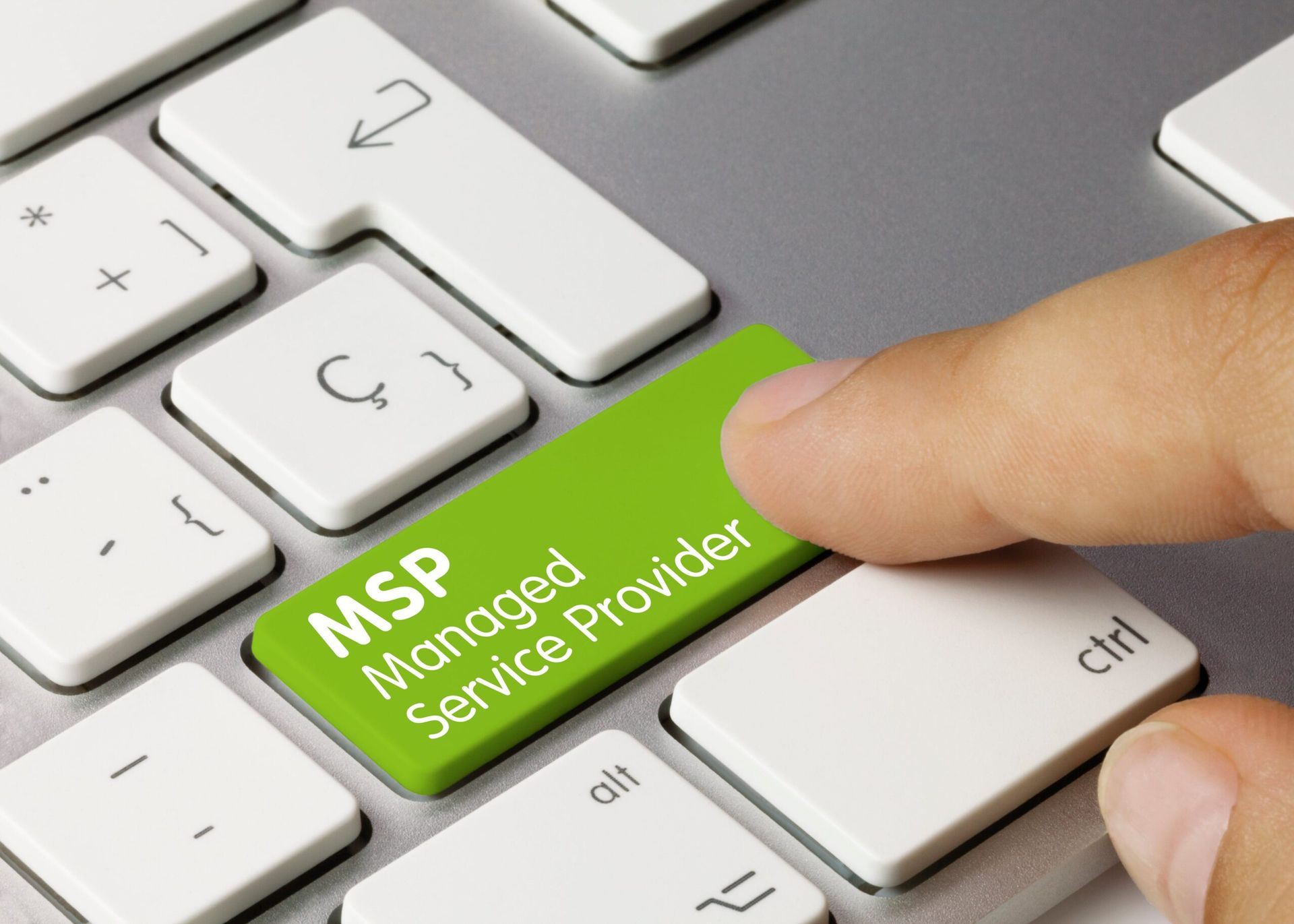Cybersecurity platformization is usually discussed as it relates to large organizations. But cybersecurity service businesses stand to benefit as much from platformization as enterprises — if not more so.
The Future of the Security Services Market
To understand what platformization means for cybersecurity service providers, it’s necessary to take a look at the outlook for managed security services providers (MSSPs) and managed detection and response (MDR) firms.
Overall, the picture is bright. Analysts vary in their projections — but nearly everyone agrees that the security services market will experience significant growth in the coming years. (See, for example, the upbeat Canalys forecast for 2024, or the steady growth projected to 2028 according to Research and Markets).
But despite the anticipated growth, service providers face some big challenges. Among the biggest pain points for MSSPs and MDRs is tool sprawl. The excessive complexity of security tooling and infrastructure creates management and integration challenges. On the business side, it also makes it harder to control costs and scale operations.
Thus, the road ahead is a mix of challenges and opportunities for service providers. All-in-one cybersecurity platforms have been touted as a way for service businesses to capitalize on the opportunity while addressing the underlying problems in the security solutions market. Unfortunately, things aren’t quite so simple.
Why Platformization is Not a Panacea
Because security platforms offer numerous security capabilities and infrastructure through a single interface, MSSPs and MDRs can use them to reduce solution sprawl, ease integration challenges, slash spending, and optimize SecOps workflows for efficiency and scalability.
However, it’s important to be precise when discussing security platforms, since there are two very different — and fundamentally incompatible — versions of cybersecurity platformization in play today.
The first approach to platformization is thoroughly vendor-centric: an extension of the current business model and sales practices of an industry dominated by large legacy vendors. In the past we’ve liked this to Salesforce for cybersecurity. Unfortunately, this more monolithic approach carries some serious drawbacks for service providers.
If security service businesses rely on vendor platforms, they will likely experience many of the problems they currently face from their point solution providers. The biggest issues will be a lack of customizability and control over their tools — and a vendor business model that demands inflexible long-term contracts and subscription-based pricing.
In addition, there’s the elephant in the room. The traditional vendors currently rebranding themselves as cybersecurity platform providers already have their own managed services offerings. MSSPs and MDRs using their solutions will, in essence, be forced to rely on a competitor’s tools — an unpalatable prospect in a marketplace trending toward consolidation.
Thus, while integrated cybersecurity platforms may solve some of the problems service providers face, they don’t address other major concerns — and may even exacerbate some of them.
The SecOps Cloud Platform for Managed Services Businesses
There is, however, another vision of platformization: one that contrasts sharply with the platform vendor approach. This is the public cloud provider model that LimaCharlie has been building with our SecOps Cloud Platform (SCP). This approach is more akin to AWS for security.
Key features include:
We believe that our approach delivers all of the benefits of the vendor-centric platforms—but without the drawbacks:
Learn More
There are clear advantages to the public cloud provider approach for cybersecurity service providers.
To hear from security professionals who are already using the SCP to compete more effectively and deliver better security outcomes for their clients, watch the panel discussion The SecOps Cloud Platform for Managed Security Service Providers.
For a more in-depth look at how MSSPs and MDRs can start to integrate the SCP into their operations immediately, see the SecOps Cloud Platform Guide for Service Providers.
To try the platform for yourself, book a demo.
Blog courtesy of LimaCharlie. Regularly contributed guest blogs are part of MSSP Alert’s sponsorship program. Read more LimaCharlie news and guest blogs here.




